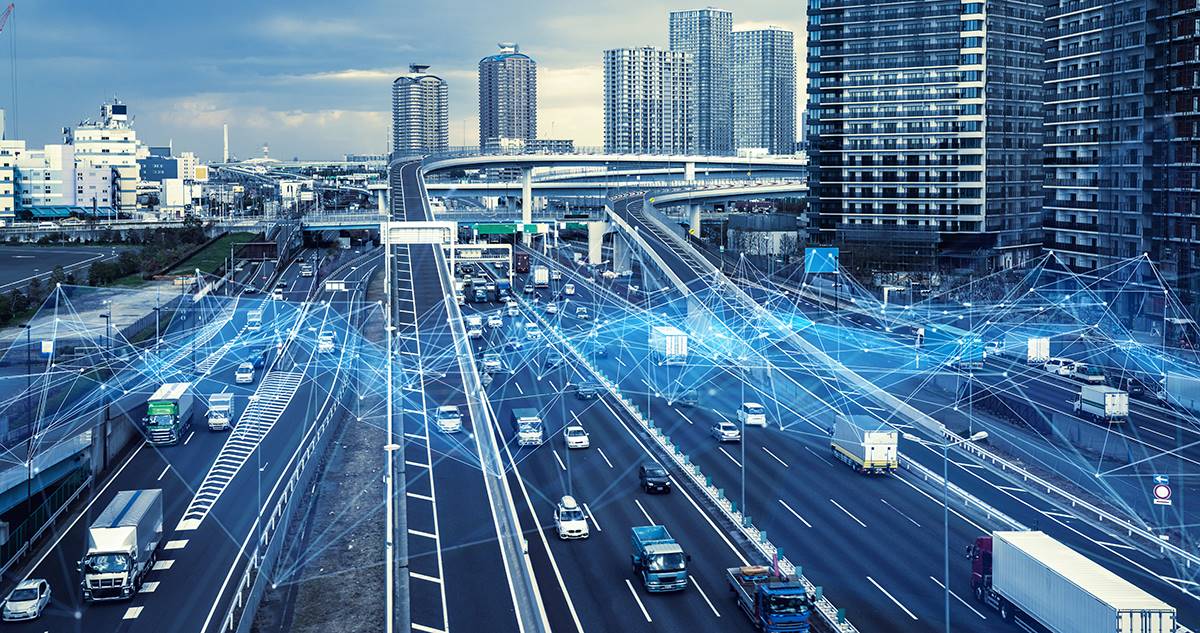
Evolving technology and social trends are changing how people and products move. In the automotive industry, both original equipment manufacturers and startups are driving the adoption of connected, autonomous, shared and electric (CASE) mobility trends at rapidly increasing rates. In the future, vehicles of many forms will be more accessible to more people, transportation will be cheaper and more efficient and commuting will be more convenient, with integrated options for multiple modes of transportation for a single trip.
To prepare for this future, Hanson has partnered with Peoria, Illinois-based Distillery Labs, one of 15 Illinois Innovation Network hubs, to create and manage the Central Illinois Living Laboratory. The living laboratory serves as a testing hub for CASE mobility solutions. The objective of the living laboratory is to create a smart technology network within the public right of way that will allow technology companies the opportunity to beta-test products and solutions that will eventually be brought to market.
The impact from CASE solutions will be generated from using a combination of technologies. But right now, mobility products are at different stages of development and need a testing environment. The goal is to build tools into the public infrastructure that create a mobility workshop for inventors to create new companies and currently unimagined jobs.

To align with the Illinois Department of Commerce and Economic Opportunity initiative, the living laboratory will involve such focus areas as the movement of people, agriculture and goods and applications for agriculture, construction and logistics. As the plan develops, increasing the footprint beyond the Peoria region will be explored based on market needs. The cities within central Illinois are well-connected, and the living laboratory will explore the transition from urban to suburban to rural. Some CASE technologies have the potential to have the biggest impact in rural settings.
In exchange for access to the living laboratory, the companies will provide the ecosystem host and sponsors with access to data and support of the ecosystem. Ultimately, the living laboratory should provide data that is necessary for research on transportation technologies, improve the transportation options to residents and create technology jobs in central Illinois.
Connectivity, in terms of mobility, will revolutionize how we move and pay for services. With project experience like the Central Illinois Living Laboratory, Hanson’s goal is to help our customers embrace the changes to the built environment that are needed to inform travelers in real time and seamlessly integrate the multimodal user experience into one journey.
To learn more about the Central Illinois Living Laboratory, contact Kurt Bialobreski at kbialobreski@hanson-inc.com or Philip Lockwood at plockwood@hanson-inc.com.
This article first appeared on Hanson’s Forming the Future blog on May 13, 2021.